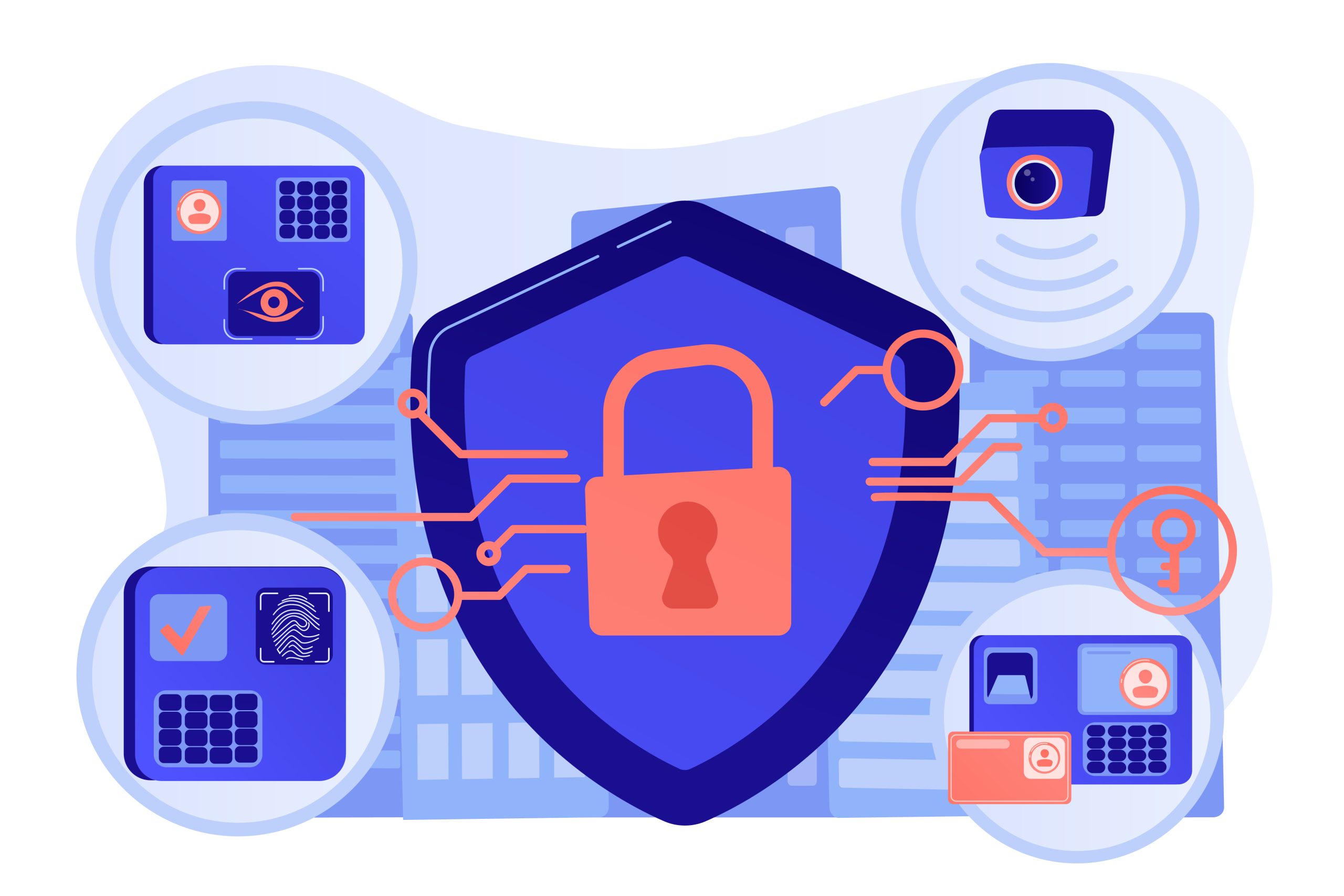DNSSEC is a set of security protocols, the Domain Name System (DNS) acts as the internet’s phonebook, translating human-readable domain names (like example.com) into machine-readable IP addresses.
While DNS is crucial to how the internet functions, it’s vulnerable to attacks such as DNS spoofing and cache poisoning, where hackers can redirect users to malicious sites.
To address these vulnerabilities, Domain Name System Security Extensions was developed.
Here, we can see on how it can enhance the security of your domain.
Table of Contents
What is DNSSEC?
DNSSEC is a set of security protocols that adds a layer of authentication to the DNS. It ensures that the responses to DNS queries come from the correct source and have not been altered during transmission. It uses digital signatures to verify the integrity of DNS records, protecting users from threats like:
- DNS Spoofing: Redirecting a user to a fraudulent website.
- Cache Poisoning: Injecting false DNS data into a server’s cache to redirect traffic.
By implementing this, domain owners can safeguard their visitors and services from these risks.
How Does DNSSEC Work?
Here’s how it enhances the security of the DNS process:
- Signing DNS Records: It works by digitally signing DNS records with public-private key pairs. When a DNS query is made, the server responds with the requested IP address and a digital signature that verifies the authenticity of the record.
- Validation of DNS Responses: The client (often a DNS resolver) uses the public key to verify the signature. If the signature is valid, the DNS resolver knows the response is authentic and unaltered. If the signature is invalid or missing, the resolver will reject the response as potentially compromised.
- Chain of Trust: It creates a “chain of trust” from the root DNS servers down to your domain. Each DNS zone signs its records and passes the chain of trust to the next lower level (e.g., from the root to the top-level domain (TLD), and then to the individual domain).
Why Is DNSSEC Important?
Without this, your domain and its visitors can be vulnerable to various cyberattacks.
- Prevents Redirection to Malicious Sites: Attackers often target DNS to redirect users to fake websites. It ensures that users are directed to the legitimate site, protecting sensitive data like passwords and personal information.
- Improves Data Integrity: By authenticating DNS responses, it ensures that data hasn’t been tampered with, providing peace of mind for website owners and users.
- Supports Secure Email Delivery: It can be combined with other security protocols like DANE (DNS-based Authentication of Named Entities) to enhance email security, preventing attacks like man-in-the-middle (MITM).
How to Enable DNSSEC for Your Domain
Enabling varies depending on your domain registrar and hosting provider. Most modern control panels like cPanel, Plesk, and DirectAdmin offer integration. Here’s a general overview of the steps:
- Check DNSSEC Availability: Ensure that your domain registrar and hosting provider support DNSSEC.
- Generate Keys: In your hosting provider’s DNS management section, generate a pair of keys (a public key and a private key) that will be used to sign your DNS records.
- Enable DNSSEC: Once keys are generated, you can enable for your domain. The digital signatures will be automatically added to your DNS records.
- Register the DS Record: After enabling, you’ll need to add a DS (Delegation Signer) record with your domain registrar to establish the chain of trust from the parent domain (like .com) to your domain.
- Verify the Setup: Use validation tools like DNSViz or Verisign Labs DNSSEC Debugger to verify that your DNSSEC configuration is working correctly.
DNSSEC Challenges and Considerations
While it enhances security, it also comes with some challenges:
- Complexity: It can be complex to configure, and mistakes in setting up can lead to downtime or resolution issues.
- Performance: This adds extra steps in the DNS resolution process, which can slightly slow down DNS queries. However, this impact is usually negligible.
- Key Management: It relies on key pairs, which must be securely managed and periodically rotated to maintain security.
Conclusion
It is a powerful tool for securing your domain and protecting your users from DNS-based attacks.
By ensuring that your DNS responses are legitimate and untampered, this enhances trust and security for your website.
While it may require a bit of extra configuration, the benefits of protecting your domain from cyber threats far outweigh the effort.
If you haven’t already, consider enabling this for your domain to add an extra layer of security and protect your online presence.

